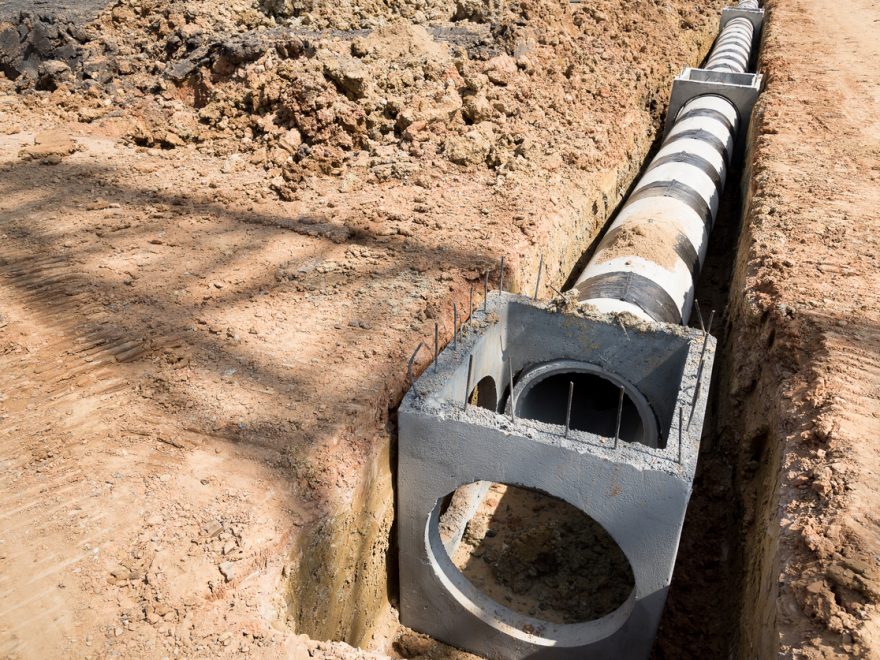A city south of Edmonton is still hoping a construction and sewer project will be completed by this fall.
While most of the water and sewer installations are complete, there are still several feet that needs to be done. The sanitary sewer installation is much deeper than the water pipes, which are 16 feet deep and nine feet deep, respectively.
All the pipework replacement have been necessary due to the age of the pipes and also “settlement” of them in some places.
The city is planning to use the cured in-place-pipe (CIPP) method for some projects. The CIPP method consists of a resin-saturated felt tube made of polyester, fiberglass cloth or a number of other materials suitable for resin impregnation, which is inverted or pulled into a damaged pipe. It is usually done from the upstream access point (manhole or excavation). It is possible to invert the liner upstream (e.g. from the downstream access point) but this carries greater risk. It is possible to install a liner from the downstream access point, upstream to a blind end, however, this carries the highest risk of all the CIPP installation methods. Little to no digging is involved in this trenchless process, making for a potentially more cost-effective and less disruptive method than traditional “dig and replace” pipe repair methods.
Barring any delays, it should all be completed by fall 2019.
Failing Pipeline? Act now!
Our patented cured-in-place pipe repair systems provide you with a solution to failing underground sewer and pipelines. Our extensive line of trenchless pipe repair systems can rehabilitate pipes ranging from 2″ – 48″ in diameter.
In addition to our underground pipe repair solutions, we also offer a wide array of vertical pipe repair solutions for high-rises, simple residential applications or industrial and factory facilities.
If you have a failing pipeline please reach out to us and chat with one of our highly skilled relining experts. That call could save you thousands of dollars on your broken pipe repair project.
